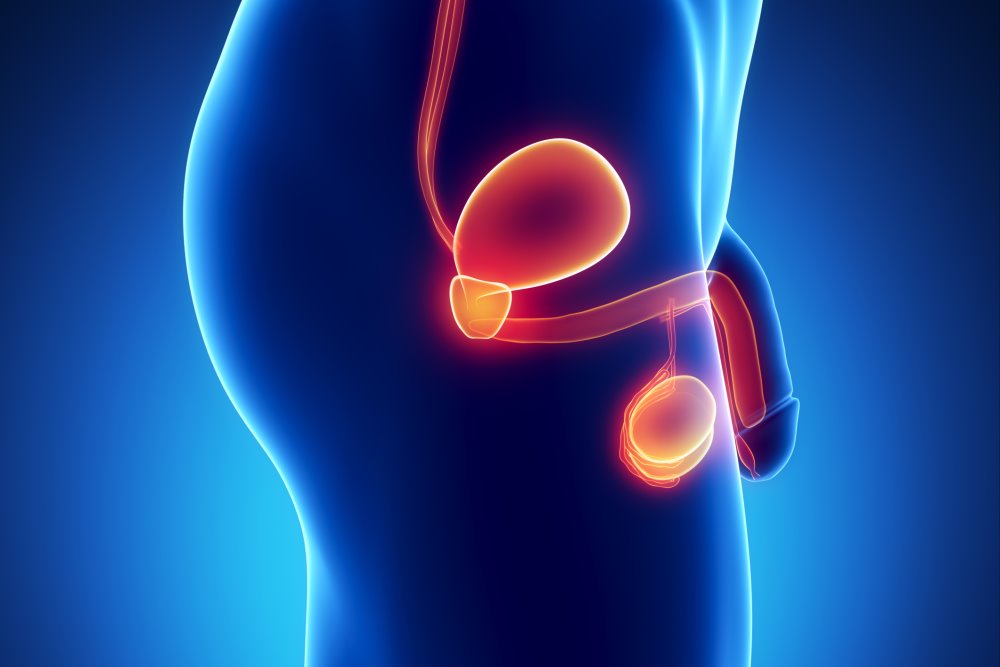Recent studies on bladder cancer confirm established risk factors and identify novel risk factors such as opium consumption, an imbalanced microbiome, firefighting, and diesel exhaust, according to a new review published in European Urology
Ibrahim Jubber, MD, of the University of Sheffield in the United Kingdom and colleagues performed a systematic review of 349 studies published 2018-2022. According to The International Agency for Research on Cancer (IARC), they noted, sufficient evidence links bladder cancer to tobacco smoking, occupational exposures to carcinogens, opium consumption, specific medications, and Schistosoma infection. Here is a synopsis of research findings:
Smoking
Tobacco smoking still accounts for half of bladder cancer cases. Bladder cancer risk increases with tobacco smoking intensity and duration and decreases with smoking cessation, research confirms.
Ever smoking or ingesting opium is linked to a significant 2.9-fold increased risk for bladder cancer. Other research suggests e-cigarette vapors contain carcinogenic compounds. Cannabis studies yield mixed results.
Occupational Carcinogen Exposure
Chemical exposures at work is the second most frequent bladder risk factor in industrialized countries, according to the reviewers. Firefighters, painters, dry cleaners, automotive workers, hairdressers, and workers in the aluminum, metal, rubber, textile, printing, and dye industry may be exposed to a number of potential carcinogens. Smoke contains acetaldehyde, formaldehyde, sulfur dioxide, benzene, toluene, and ethylbenzene. Other possible occupational carcinogens include coal, soot, benzidine, 4-aminobiphenyl, ortho-toluidine, 2-naphthylamine, 4-chloro-ortho-toluidine, 2-mercaptobenzothiazole, and tetrachloroethylene.
Diet and Exercise
A Western diet has been linked to increased bladder cancer risk, whereas a Mediterranean diet has been linked to decreased risk, the reviewers noted. High vegetable, fruit, and grain intake and moderate to vigorous exercise might lower risk. Heavy meat and alcohol consumption and low vitamin D levels might increase risk.
Environmental Carcinogens
High exposures to arsenic in drinking water, diesel exhaust emissions, and outdoor air pollution may increase the likelihood of bladder cancer, the reviewers reported. Several genotypes, such as those interfering with detoxification, may also predispose to bladder cancer in the presence of carcinogens.
Microbiome
An imbalance in the urinary microbiome may contribute to bladder cancer risk, the reviewers report. Infection with certain parasites such as the urinary blood fluke Schistosoma haematobium has been linked with bladder cancer. Pseudomonas, Micrococcus, and Acinetobacter bacteria degrade polycyclic aromatic hydrocarbons into carcinogenic metabolites. An abundance of Lactobacillus species may be protective.
Other research links a healthy gut microbiome to reduced bladder cancer risks. Patients with a Bacteroides-dominant enterotype had a higher likelihood of aggressive bladder cancer compared with patients with a Prevotella-dominant enterotype.
Urinary Tract Inflammation
Patients with neurogenic bladder who have long-term use of catheters and recurrent urinary tract infections experience urinary tract inflammation that may play a role in bladder cancer development. Other studies link stones, diverticula, and benign prostatic hyperplasia to urinary retention or bladder irritation that may give rise to bladder cancer.
Medical Conditions
Several large studies implicate prostate cancer external beam radiation therapy and brachytherapy with bladder cancer development, the reviewers pointed out. Radiation for gynecologic cancers and non-seminomatous testicular cancer, as well as cisplatin-based chemotherapy, may also contribute to bladder cancer risks.
Studies have examined bladder cancer risk in association with a myriad of other medical conditions, including obesity, metabolic syndrome, diabetes, hypertension, hyperlipidemia, stroke, asthma, autoimmune disease, rheumatologic conditions, and solid organ transplantation. While intriguing, most were limited by a lack of adjustment for important confounders.
Medications
According to the IARC, cyclophosphamide and chlornaphazine have “sufficient evidence” for bladder cancer risk. Preliminary research also implicates pioglitazone, ranitidine, levothyroxine, and angiotensin 2 receptor blockers. Results were mixed for androgen deprivation therapy and 5-alpha reductase inhibitors.
Disclosure: Some study authors declared affiliations with biotech, pharmaceutical, and/or device companies. Please see the original reference for a full list of authors’ disclosures.
Reference
Jubber I, Ong S, Bukavina L, et al. Epidemiology of bladder cancer in 2023: a systematic review of risk factors. Eur Urol. Published online May 15, 2023. doi:10.1016/j.eururo.2023.03.029
This article originally appeared on Renal and Urology News
